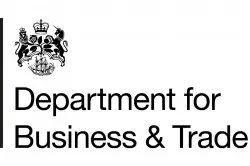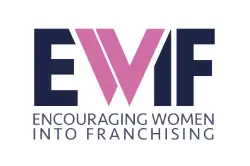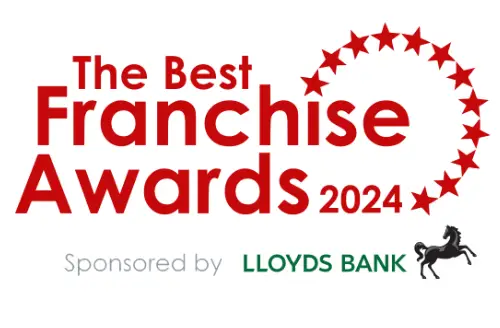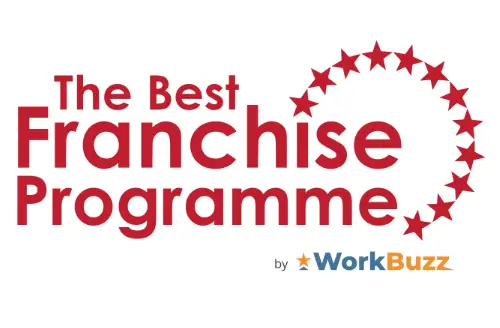The uninitiated might assume that if a business is established as a franchise and is awarding franchises it has been set up correctly. If it can show a profitable track record and has a franchise agreement that has been drafted by a specialist franchise industry solicitor, there would be even more reason to have the confidence to invest and become a franchisee. That assumption would overlook a vital issue because there is a big difference between a business concept, or even a successful business, and a model that has been thoroughly tested before being rolled out as a franchise. Part of that difference is the experience that has been gained by the franchisor during the operation of a bona fide pilot branch.
Ideally, a pilot branch should be operated by a newcomer to the business, just as the future franchisees will be. It could be someone who has been recruited as the first franchisee and understands what that entails. They should be given the previously untested training, engage in the new launch program, and after opening, receive the support that they and other franchisees will need to establish a successful business. This would enable the franchisor to test the effectiveness of the process. Also, to understand how long it took for the branch to become profitable. Ideally the testing of concept in a pilot should continue until it is quite certain that the branch is sustainable.
Unfortunately, because this is laborious, and there are often pressures to commence recruiting franchisees, this process is sometimes ended too quickly. In others it is completely disregarded. All too often an aspiring franchisor will base the franchise proposition, including the financial projections, on the results of the business on which it is based, rather than on a stand-alone pilot. This can be misleading because many factors that will not be available to franchisees may have made the original business more profitable. Extra funds may have been injected than will be disclosed in the projected start-up costs. Additional staff may have helped to promote the business in the early stages but will not be available to new franchisees. If the original business took longer to become profitable than is being forecast for the franchisees there is a danger of understating the working capital requirement.
Another benefit of establishing a pilot branch is that it is an ideal way of confirming that the business can be successful in an area with different customer demographics. This would have prevented the problems encountered by a franchisor in the animal care sector who recruited a franchisee in a deprived area. Not surprisingly, the results experienced were markedly different to those enjoyed by the other franchisees who operated in the London Home Counties, where the spend on family pets was much greater.
Franchisor’s leave themselves open to accusations of misrepresentation if they shortcut the process and cannot show that their financial projections are based on actual results. The same accusation could apply to the franchise agreement. In most cases these start with wording such as; ‘We have developed methods of operating businesses’ or ‘The Franchisor, as a result of practical business experience has developed a business.’ This would be hard to substantiate if there had been no development of operating the business and the franchisor had no practical business experience. A pilot branch would provide both.
The relevance of the results from a pilot obviously diminishes as a franchise becomes established. In a mature network reliance is instead placed on the annual results of the franchisees generally. But in the case of new franchises, prospects conducting their due diligence should ask questions about the first stand-alone branch.
As this is such an important part of establishing the credibility of a new franchise startup, franchise consultants and advisors such as accountants, should look carefully at the financial results of the pilot. There have been cases where an unscrupulous franchisor stripped out expenses, and sometimes even added sales revenue, before passing the figures to an accountant to use as the basis of projections. Not surprisingly the enhanced numbers, verified by a reputable firm, looked enticing. The overstated profitability gave a false impression of what a franchisee could expect to earn.
Once established, a pilot branch can provide an ideal place to test new equipment or techniques before a roll-out to the other branches. It can be used for training new franchisees, for filming promotional videos and even for showing prospective franchisees what they can expect when they visit on an ‘discovery day’.
As with many aspects of franchising, the best results are obtained by franchisors who do the job properly and resist the temptation to cut corners. It takes longer to launch a franchise after thoroughly testing the concept with a pilot branch, but in the long run it has been seen time and again to be the best policy.

































